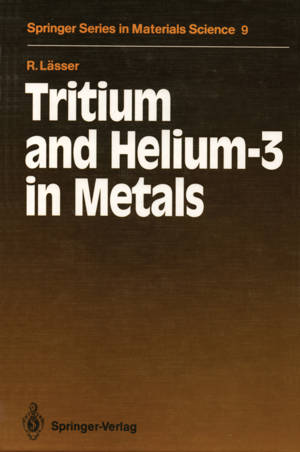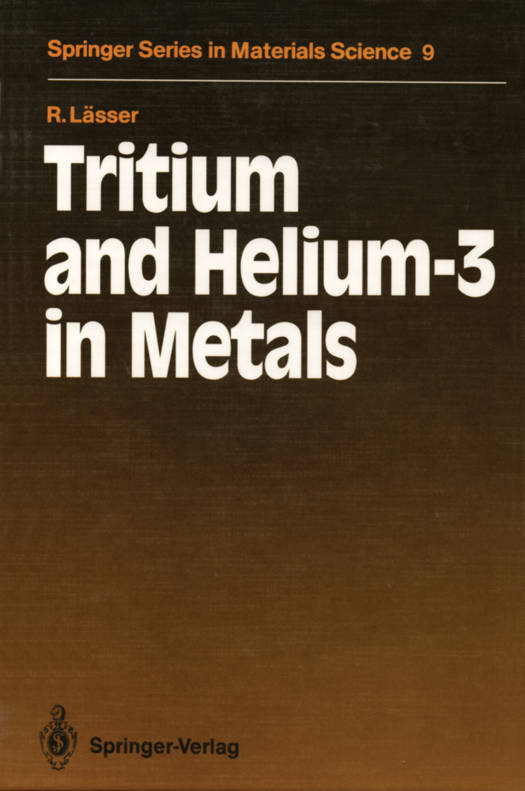
- Afhalen na 1 uur in een winkel met voorraad
- Gratis thuislevering in België vanaf € 30
- Ruim aanbod met 7 miljoen producten
- Afhalen na 1 uur in een winkel met voorraad
- Gratis thuislevering in België vanaf € 30
- Ruim aanbod met 7 miljoen producten
Zoeken
€ 131,99
+ 263 punten
Omschrijving
Hydrogen can behave as an alkaline metal or a halogen and can react with nearly all elements of the periodic table. This explains the large number of metal hydrides. Since T. Graham's first observation of the absorption of hydrogen in palladium in 1866 the behaviour of hydrogen in metals has been studied very extensively. The interest was motivated by the possible application of metal-hydrogen systems in new technologies (e.g., moderator material in nuclear fission reactors, reversible storage material for thermal energy and large amounts of hydrogen) and by the fact that metal hydrides show very exciting physical properties (e.g., superconductivity, quantum diffusion, order-disorder transitions, phase diagrams, etc.). Many of these properties have been determined for the stable hydrogen isotopes Hand D in various metals. In comparison, very little is known about the behaviour of the ra- dioactive isotope tritium in metals. This book is a first attempt to summarize part of the knowledge of tritium gained in the last few years. In addition to the task of presenting the properties of tritium in metals, I have tried to compare these data with those of protium and deuterium. Furthermore, helium-3 is connected inse- parably with tritium via the tritium decay. Therefore one chapter of this book is solely devoted to the curious properties of helium in metals caused mainly by its negligible solubility.
Specificaties
Betrokkenen
- Auteur(s):
- Uitgeverij:
Inhoud
- Aantal bladzijden:
- 159
- Taal:
- Engels
- Reeks:
- Reeksnummer:
- nr. 9
Eigenschappen
- Productcode (EAN):
- 9783642735127
- Verschijningsdatum:
- 21/12/2011
- Uitvoering:
- Paperback
- Formaat:
- Trade paperback (VS)
- Afmetingen:
- 156 mm x 234 mm
- Gewicht:
- 249 g

Alleen bij Standaard Boekhandel
+ 263 punten op je klantenkaart van Standaard Boekhandel
Beoordelingen
We publiceren alleen reviews die voldoen aan de voorwaarden voor reviews. Bekijk onze voorwaarden voor reviews.








